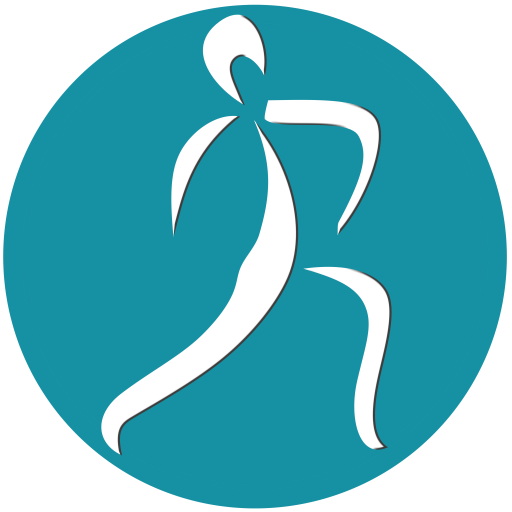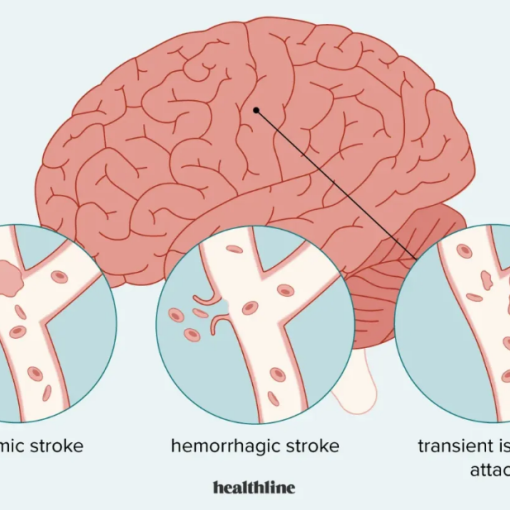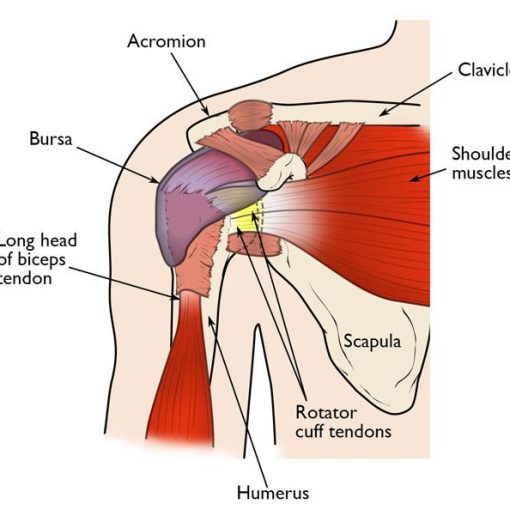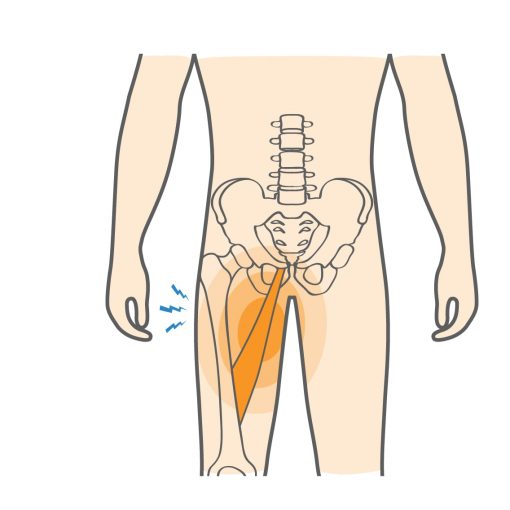The spine consists of about 32-33 vertebrae that are arranged like a train. Between the two vertebrae is a cartilaginous disc that connects the vertebrae from the trunk, and from the back, two bony pins connect each vertebra to the upper and lower vertebrae and hold it in place.

Spine slippage occurs when these pines are destroyed or broken, in which case the vertebrae can slips out and be displaced. A condition in which the bone parts are damaged but the vertebrae do not slip is called spondylolysis, and if slipping occurs, it is called spondylolisthesis.

Spondylolisthesis can occur backward or forwards, with varying degrees of displacement, sometimes leading to discal rupture.
In the initial stages, the disease can be controlled by exercise and movement modification, but in severe cases where the displacement of the vertebra is more than 75% of the length of the vertebral body or the spinal cord and nerve roots are under severe pressure, surgery is recommended. Surgery usually requires fixing the vertebrae with a prosthesis.
You may find proper exercises for this illness in the Rehabex app.
Prepared by the Rehabex team




